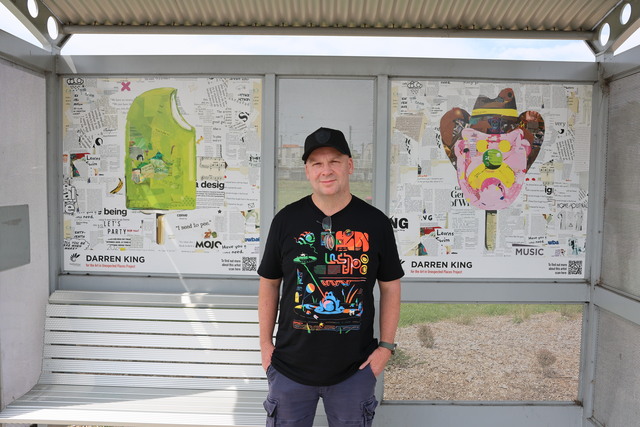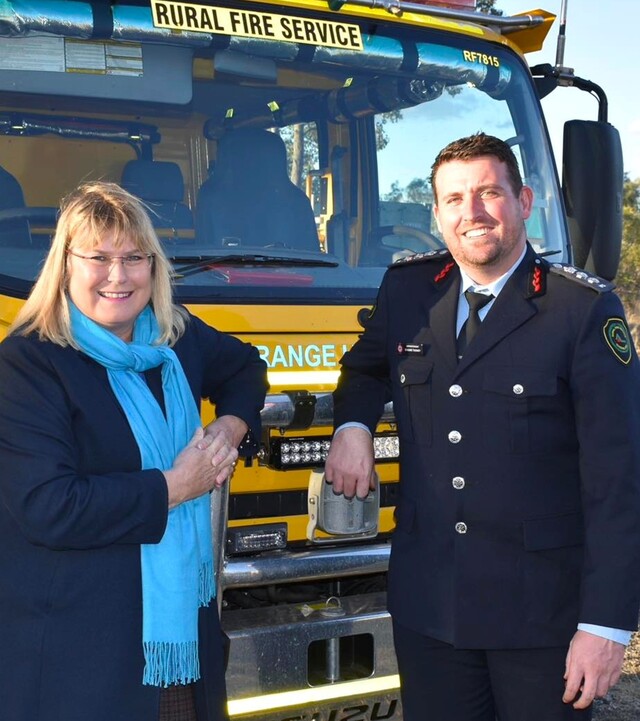Using a subsidiary body, such as a board, voluntary committee or incorporated organisation, to provide a service under a council’s delegated authority is not a new concept, but Lake Macquarie City Council has adapted this model as an innovative solution to managing more than 100 community facilities across the City.
Community facilities are essential for the health, wellbeing and economic prosperity of communities.
While these facilities contribute greatly to social outcomes of the community through the services they provide, they also present a unique challenge for Lake Macquarie City Council because of the geography of the City.
A lake twice the size of Sydney Harbour makes travelling to all the suburbs and community facilities of Lake Macquarie time-consuming, and makes managing these wide-spread assets resource-intensive for Council.
To manage this the Council utilises a vast delegated authority strategy to operate all the facilities and provide a daily presence at each of them.
Lake Macquarie City Council’s Manager Community Planning, John Ferguson, said delegated authorities undertake the care, control and operation of more than 100 local facilities, and the strategy is working well.
“A delegated authority model has allowed us to expand our capacity to provide relevant community facilities by establishing partnerships with the people who use our community and recreational facilities.
“These partnerships bring to fruition the equivalent of about $2 million of people-power each year.”
Many councils struggle to manage and maintain their portfolio of ageing community facilities and are sometimes unable to monitor closely who uses each facility and for what purpose they are being used.
This shortfall leads to further disadvantages because these facilities can become out of step with community needs.
“Devolving management responsibilities to community groups increases a sense of ownership, control and pride in local communities.
“These groups are able to monitor the usage and finances of the facility more closely and to identify improvements that will meet the specific needs of its users.
“Therefore, the provision of service is improved over time, and this model is a better option compared to the level of service Council could provide if it directly managed the facility.”
Lake Macquarie City Council has a long and successful history of using an external body for facilitating community-based services in the City.
Using the same concept, but with varying legal and management structures, Council has also partnered with the community to manage facilities such as The Place, a community centre in Charlestown, the Hunter Sports Centre at Glendale, the Business Growth Centre at Gateshead and, more recently, and in a commercial capacity, the establishment of an economic development board and subsidiary company, Dantia.
Council’s model for increasing its capacity by building collaborative partnerships produces a wonderful by-product; it grows more leaders within the community and opens opportunity for people to learn new skills and take ownership of the community facilities they enjoy using.








